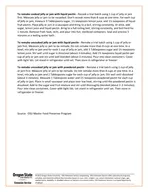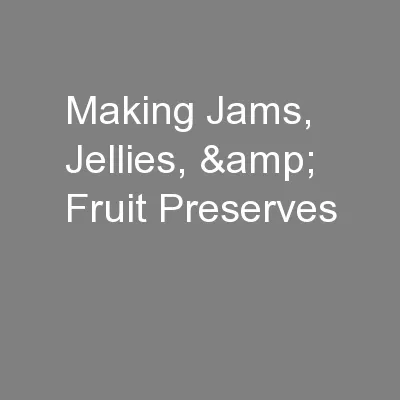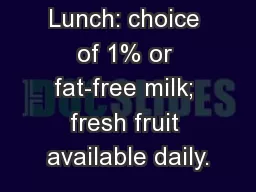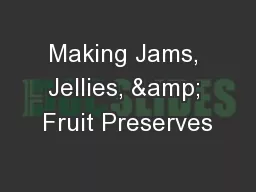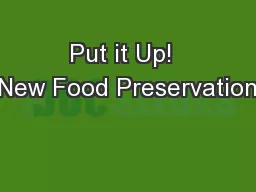PPT-Making Jams, Jellies, & Fruit Preserves Lunch & Learn
Author : phoebe-click | Published Date : 2019-10-31
Making Jams Jellies amp Fruit Preserves Lunch amp Learn 12 noon to 1 pm June 16 2014 Need Help with Todays Program Help Desk 8004424614 Phone in to todays program
Presentation Embed Code
Download Presentation
Download Presentation The PPT/PDF document "Making Jams, Jellies, & Fruit Preser..." is the property of its rightful owner. Permission is granted to download and print the materials on this website for personal, non-commercial use only, and to display it on your personal computer provided you do not modify the materials and that you retain all copyright notices contained in the materials. By downloading content from our website, you accept the terms of this agreement.
Making Jams, Jellies, & Fruit Preserves Lunch & Learn: Transcript
Download Rules Of Document
"Making Jams, Jellies, & Fruit Preserves Lunch & Learn"The content belongs to its owner. You may download and print it for personal use, without modification, and keep all copyright notices. By downloading, you agree to these terms.
Related Documents


